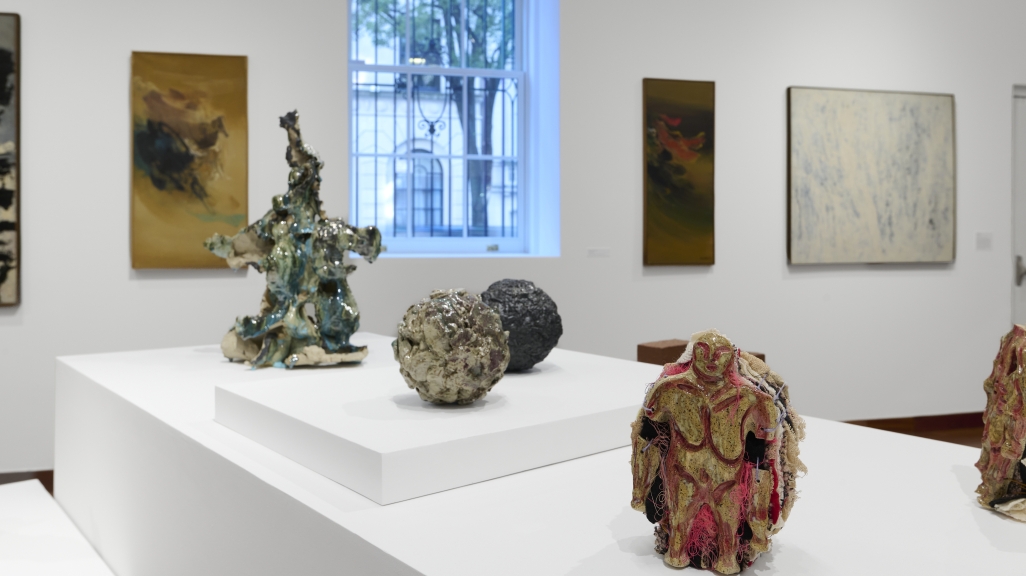Hyperallergic Describes Americas Society's Exhibition as an ''Excellent Show''
Hyperallergic Describes Americas Society's Exhibition as an ''Excellent Show''
The website says that The Appearance succeeds in showcasing art by Asian artists in Latam and the Caribbean "without essentializing their identities."
Appearance is an elusive, fragile thing in diaspora. At a restaurant in Fort Lee, New Jersey, recently, for instance, a server spoke to me in Korean; I’m of Chinese descent. My mixed-race boyfriend is identified as White, Asian, or Latine, depending on the person. That’s the key, in a lot of ways, to The Appearance: Art of the Asian Diaspora in Latin America & the Caribbean, an excellent show at Americas Society: Who’s looking?
For “appearance” has another connotation other than how something looks: It also denotes presence. Tie Jojima and Yudi Rafael’s curation here makes it impossible to ignore a truth so obvious it’s often forgotten: that the experience of art is an embodied exchange fundamentally between the work and the viewer. With masterful clarity, the exhibition constantly reminds you of your own positionality within a larger social and physical framework by setting up lines of sight and movement that draw attention to the orientation of your body in the gallery space. In using the framework of “appearance” — ranging from visibility and invisibility to apparitions, impressions, and more, according to the wall text — the curators sidestep a problem endemic to exhibitions on diasporic experiences: essentializing certain facets of an artist’s identity, whether it be their so-called Asian-ness, Latin-American-ness, or some hybrid thereof.
The show’s loose curatorial binding — 30 artists from 15 Latin American and Caribbean countries from the 1940s to now — lets these works breathe, allowing them each the agency to exert their particular power. Japanese-Brazilian artist Lydia Okumura’s “The Appearance” (1975) is the first work you encounter; it’s hung at eye level directly beneath the exhibition title. Each image in the grid has the same background: a peace sign-like configuration of three lines, the bottom wedge of which is darkened. As one “reads” the nine images from left to right, additional line segments appear until the image shifts from flat, abstract image to fully three-dimensional, culminating in the final image of a cube. The exhibition writ large, it suggests, will both induce and require a perspectival shift...









